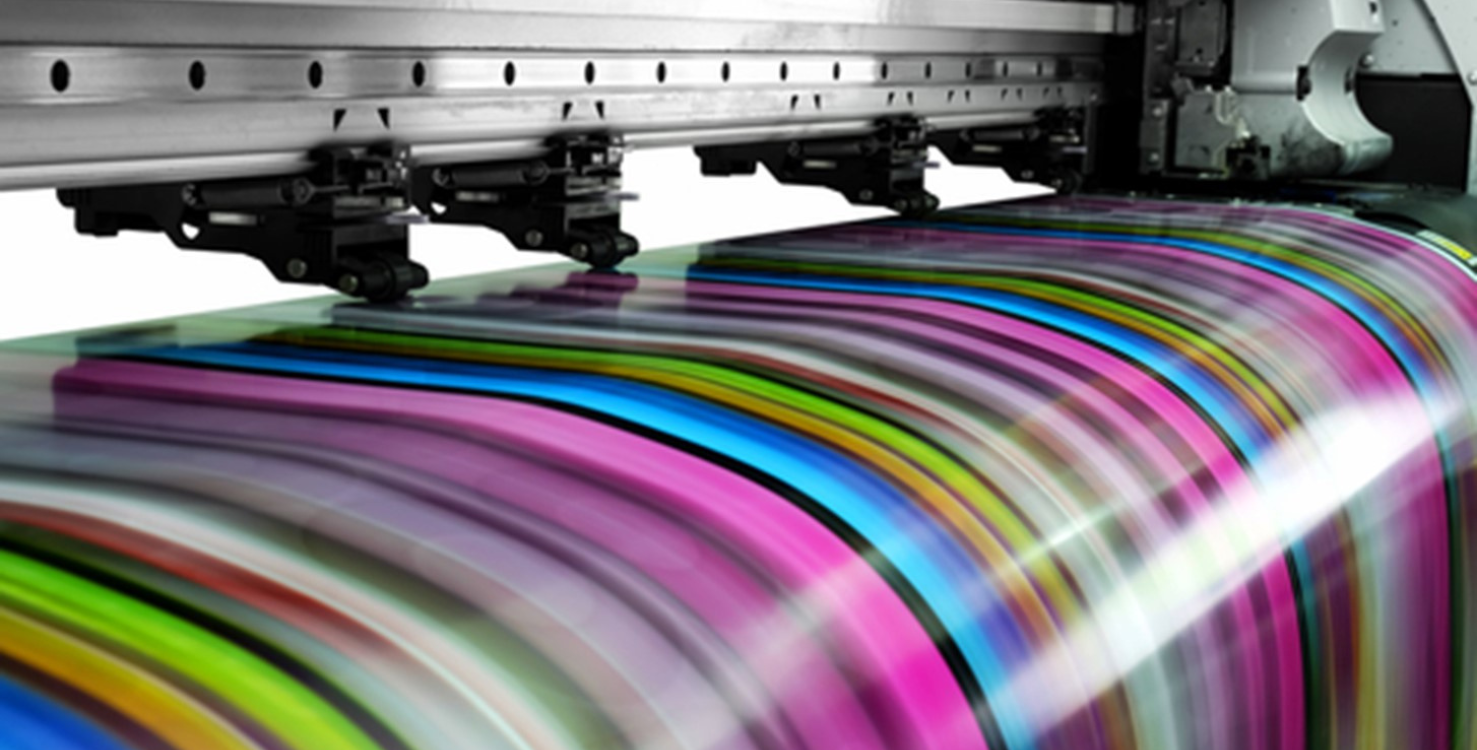The last few years have caused many changes to the way companies conduct business and how they go to market. There has been a shift to digital marketing which led to non-stop digital overstimulation – web banners, emails, digital ads, videos…the list could go on and on. The communication channels are now so overloaded that consumers are tuning those marketing messages out. Now, more than ever, it is imperative for marketers to include both print and digital in their marketing strategy – especially direct mail.
Did you know that 67% of marketers say printed direct mail delivers the HIGHEST ROI of any other channel they use? When direct mail is combined with email there’s a 60% increase in ROI and a 40% increase in conversion rates.
For marketers, the ability to use personalization in direct mail campaigns is crucial to build brand awareness, capture attention and increase ROI. However, there are limitations when using traditional offset printing processes to produce large-quantity direct mail campaigns. Recent developments in inkjet printing technology have significantly expanded the possibilities and capabilities available, making inkjet printing ideal for direct mail campaigns.

A New Era for Direct Mail
Innovation, automation and technology have transformed direct mail processes, creating a new era of direct mail. Acquisition, retention and ROI have never been easier to monitor with the ability to personalize, track and measure direct mail campaigns.
According to the 2022 State of Direct Mail, direct mail has a response rate 13 times higher than email. When combined with email marketing, it has a response rate of 27% or higher.
Despite assumptions regarding the effectiveness of direct mail on younger generations, research shows how it resonates with every generation:
- Millennials are the most likely consumer group to purchase from a direct mail advertisement. (USPS research)
- 88% of baby boomers agreed with the statement, “I take time to look through my mail” and 83% “really value reliability of mail.”
- 62% of millennials surveyed said they had visited a store in the past month because of information they received in the mail.

Targeting with Direct Mail
Targeting matters… a lot. Taking a scattered approach on your direct mail campaign will not help you reach your goals. To make your campaign effective, you must determine your goals and your specific audience persona. Targeting the right audience will increase ROI and lead to a higher success rate for your campaign.
Reaching your target audience is the most important factor in any marketing campaign. Using more targeted campaigns helps improve response rates and conversions. Fortunately, direct mail marketing is not only highly effective and measurable, it can also deliver personalized mail to highly targeted audiences using specific demographics, location and existing customers and leads.

Personalization
Production inkjet makes it possible to personalize direct mail by using data to supercharge ROI. It provides the ability to use unique graphics and text based on demographics and the recipients’ purchasing preferences to create a personalized experience. By using a combination of vibrant colors and variable data, you can be highly effective in driving direct mail response rates. Inkjet also enables a high level of customization, providing a truly personalized marketing experience. This level of customized direct mail communications allows marketers to engage their audience better, which leads to higher response rates.
Tracking Direct Mail Performance
You sent your mail campaign, so now what? Measuring campaign performance has never been easier with the innovation of new technologies in today’s world. With any campaign, you need to know who is responding and how they are responding.
Ways to help you evaluate the performance of your campaign include:
- URL Tracking – using UTM (Urchin Tracking Module) parameters
- Coupon Codes
- QR Codes
- Call Tracking Software
- Google Analytics

Why Inkjet Printing is Best for Direct Mail
Production inkjet printing enables custom, quality print applications to now be achieved in short runs, creating a personalized experience. It also provides the ability to use unique graphics and text based on demographics and the recipients’ purchasing preferences.
Advantages of Using Inkjet Printing for Direct Mail
- Inkjet uses water-based ink instead of toner, which is less expensive, dries faster and produces higher quality images.
- There is no need to print extras, eliminating preprinted shells and reducing waste.
- It involves a single step process (in comparison to printing offset shells and laser printing them), so no printing plate changes are needed.
- There is increased production speed and substrate versatility.
- Inkjet printing requires less manual labor.
- You can combine different jobs and printing a variety of applications such as labels, letters, cards and envelopes.
- Inkjet printheads have a longer lifespan with the close interdependency between the printhead technology and inkjet inks, requiring less maintenance costs.
- Inkjet quality improves more every year and can match toner, especially in color consistency.
Direct mail often requires high color and high ink coverage. The paper selected must have excellent opacity and the ink must be able to dry fast. Domtar offers several quality brands you can trust, including LynxJET®, LynxJET® Premium Card and HuskyJET®. With flawless runnability, excellent opacity and superior performance, you can rest assured that every page and every piece will have uniform coverage and vivid colors. Make sure to discuss the options with your printer dependent on your project’s goals, budget, timeline and design.
Resources:
- How to save on your direct mail campaigns
- Print Enhancements
- 2022 USPS Promotions & Incentives
- Inkjet & Direct Mail: A Recipe for Success
For more inkjet resources, visit www.paper.domtar.com





Discussion